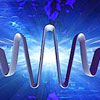The Principle of Catalytic Action
 “We have fully established the relationship in which all things can be resolved into energy, and conduct themselves according to certain principles which, for the sake of introspection, can be called laws. The word “law” is referred to loosely as merely a convenient or a descriptive word, for in all cases “principle”, as it is concerned with the Infinite Mind, is a much better form of terminology.
“We have fully established the relationship in which all things can be resolved into energy, and conduct themselves according to certain principles which, for the sake of introspection, can be called laws. The word “law” is referred to loosely as merely a convenient or a descriptive word, for in all cases “principle”, as it is concerned with the Infinite Mind, is a much better form of terminology.
The various wave form transmissions, as they are concerned in the oscillating processes both finitely and infinitely, always function (as it has been stated), according to these well-known laws. In other words, our first law is concerned with what is commonly referred to as harmonic relationship.
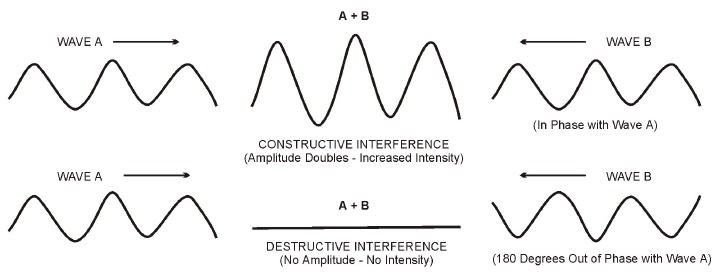 When we find that two different wave forms strike each other – or that they intermingle – there is a third set of wave forms generated which are called harmonic structures or harmonic wave forms. This third set of wave form patterns always carry, to some degree,
When we find that two different wave forms strike each other – or that they intermingle – there is a third set of wave forms generated which are called harmonic structures or harmonic wave forms. This third set of wave form patterns always carry, to some degree, the original idiom or consciousness of the primary elements which instigated the harmonic formation. Therefore, as such regenerative processes are subjective to the numerous different conditions and alliances with similar wave forms in compatible rates of frequency with which they might become interrelated, this presents a rather complex problem which could become quite confusing.
the original idiom or consciousness of the primary elements which instigated the harmonic formation. Therefore, as such regenerative processes are subjective to the numerous different conditions and alliances with similar wave forms in compatible rates of frequency with which they might become interrelated, this presents a rather complex problem which could become quite confusing.
It must be remembered that, conversely, the same law applies to keep all things in their proper dimension and their proper relationship without this so-called confusion; for diametrically opposed to the law of harmonic principle and as a balancing agent is the law of frequency relationship which determines that, according to the rate of vibration, any energy wave is either in compatible relationship with another wave or it is diametrically opposed or opposite to it, and under no condition can it merge with this other wave form until it has 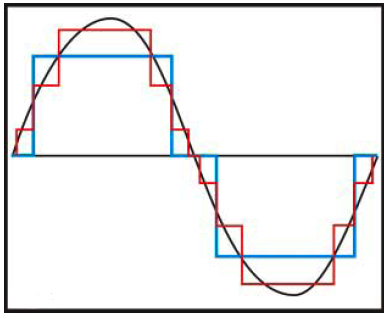 adjusted its rate of frequency. This principle then, after it has been thoroughly established in the reader’s mind, leads us to another principle which is directly concerned with such frequency affiliations, and is of particular value when we wish to understand more thoroughly the action of the solid or atomic world about us.
adjusted its rate of frequency. This principle then, after it has been thoroughly established in the reader’s mind, leads us to another principle which is directly concerned with such frequency affiliations, and is of particular value when we wish to understand more thoroughly the action of the solid or atomic world about us.
This is the principle which modern science calls catalysis, or the catalytic action of a third or neutral element in conjunction with two or more other elements which, up to that time, have not been synonymous or compatible in nature. Catalytic action means that we must now transfer the perspective of our analysis to the very atom itself and realize that all atoms, large and small – either as they have been compounded in molecules or exist in a singular fashion – always have one common 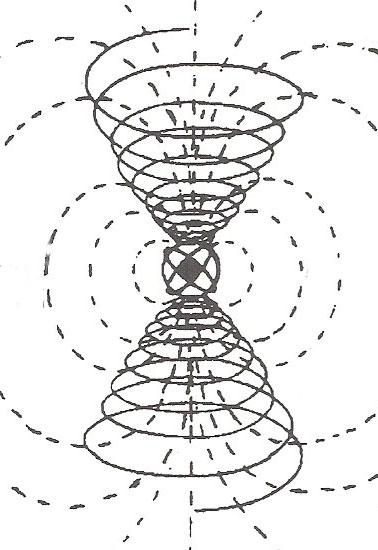 property, that is they have a field of force. As they are electrically constituted from various positive and negative charges revolving around a common nucleus or core, they are also radiating into the space about them various wave forms of energy which are the direct result of these different regenerations within the atom itself.
property, that is they have a field of force. As they are electrically constituted from various positive and negative charges revolving around a common nucleus or core, they are also radiating into the space about them various wave forms of energy which are the direct result of these different regenerations within the atom itself.
Some atoms, such as radium, actually shoot or fire off tiny bullets of pure energy from the very heart of the atom itself, in a common process of degeneration. The field of force around each atom, whether it is large or small, is governed directly by the same laws of harmonic relationship or frequency vibration as are those dynamically inclined, such as the free-moving interchange or interplay of energy formations within the range of the more commonly accepted forms of energy which we may see about us.
If we take common ordinary table salt, we shall find a classical example of what is termed catalytic action, for table salt involves the combination of two elements which, under normal conditions, are entirely foreign to each others nature and could not in any other way be so 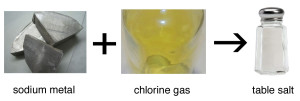 combined. These two common elements are the deadly gas chlorine and the common inert substance known as sodium. By catalytic action in nature’s great laboratories, due to several compelling agents of force such as are contained in sunlight and other catalytic agents, the gas and sodium come in contact with one another and at proper conjunctions the two atoms are merged in a common union
combined. These two common elements are the deadly gas chlorine and the common inert substance known as sodium. By catalytic action in nature’s great laboratories, due to several compelling agents of force such as are contained in sunlight and other catalytic agents, the gas and sodium come in contact with one another and at proper conjunctions the two atoms are merged in a common union 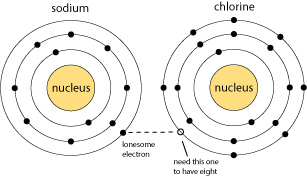 with a simple free electron in their orbit of transmission, thus becoming the inert substance known as salt. Thereby, these two atoms are constantly so interlocked with this element constituent that they have completely neutralized their original and determining qualities as atoms in their own particular scale of atomic weights. Either chlorine or sodium would be a poison in the human system and could cause distress or death; but merged as salt, becomes instead, one of the agents used by the body to maintain a certain alkaline balance which is so necessary in the process of osmosis in the lymphatic system.
with a simple free electron in their orbit of transmission, thus becoming the inert substance known as salt. Thereby, these two atoms are constantly so interlocked with this element constituent that they have completely neutralized their original and determining qualities as atoms in their own particular scale of atomic weights. Either chlorine or sodium would be a poison in the human system and could cause distress or death; but merged as salt, becomes instead, one of the agents used by the body to maintain a certain alkaline balance which is so necessary in the process of osmosis in the lymphatic system.
 This same action takes place when an individual swallows an aspirin tablet. The tiny atoms as they are combined in molecules, when reaching certain different portions of the lower brain structures – which are in control of such centers called the pain centers – immediately neutralize with their field of force the impulses of energy which are called pain. Thus they have that analgesic action which is sought by those who are suffering from some simple form of pain, such as a headache.
This same action takes place when an individual swallows an aspirin tablet. The tiny atoms as they are combined in molecules, when reaching certain different portions of the lower brain structures – which are in control of such centers called the pain centers – immediately neutralize with their field of force the impulses of energy which are called pain. Thus they have that analgesic action which is sought by those who are suffering from some simple form of pain, such as a headache.
The catalytic action or the combining or the recombining of various fields of force, as they are so 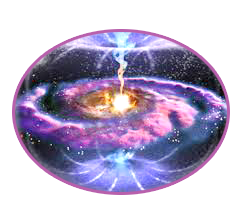 visualized in various atomic or molecular structures, can also be carried on up into the infinite cosmogony. There it will be found that the same relationship exists, not only in planetary systems, but also in such structures which the astronomer calls universes or galaxies. The same particular affiliations and transmissions of energy structures as are contained in the atom exist, in a pure sense, in a much more expanded and larger ratio of transmission.”
visualized in various atomic or molecular structures, can also be carried on up into the infinite cosmogony. There it will be found that the same relationship exists, not only in planetary systems, but also in such structures which the astronomer calls universes or galaxies. The same particular affiliations and transmissions of energy structures as are contained in the atom exist, in a pure sense, in a much more expanded and larger ratio of transmission.”
Excerpt from Cosmic Continuum
Posted in Book Excerpts, Cosmic Continuumwith comments disabled.




